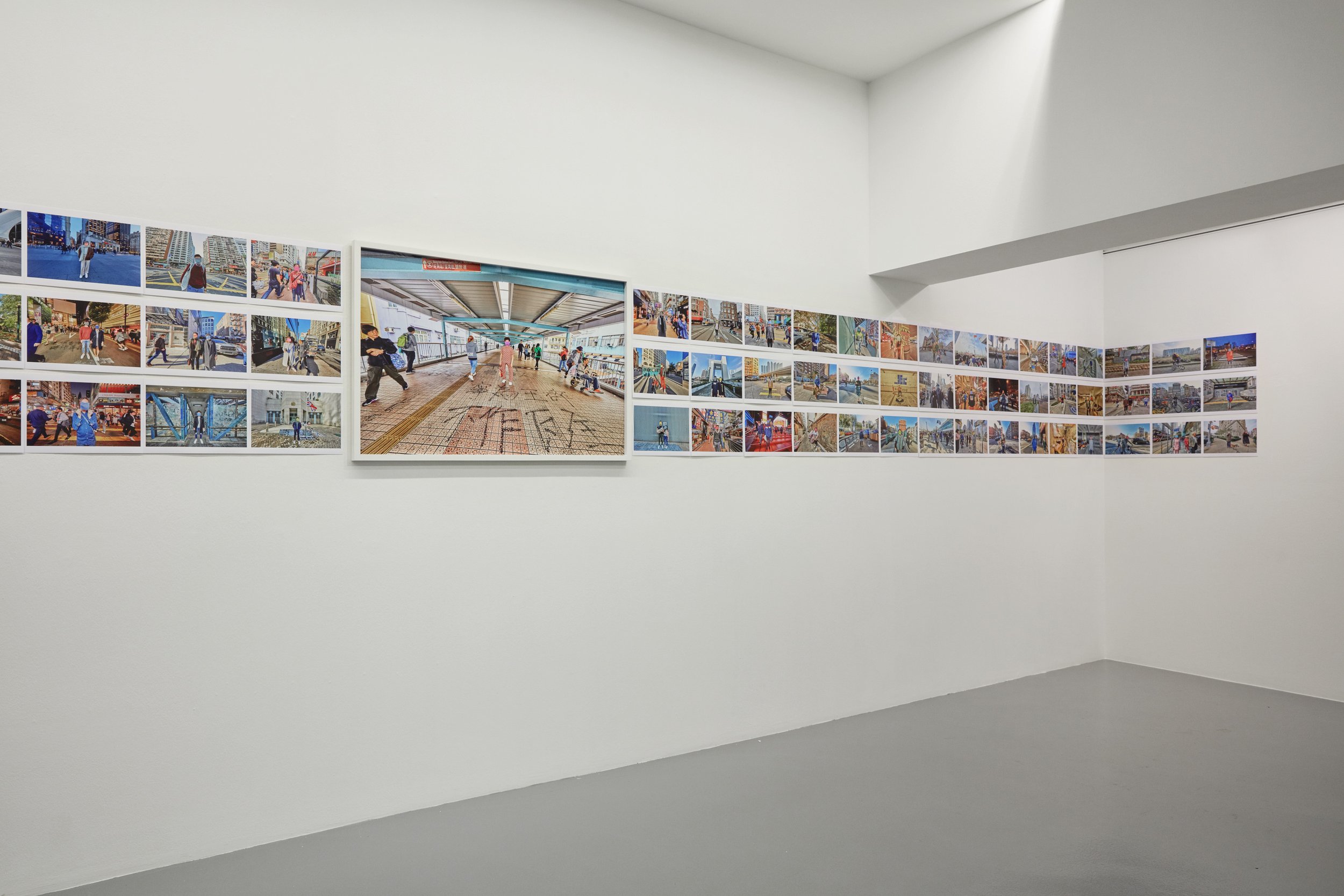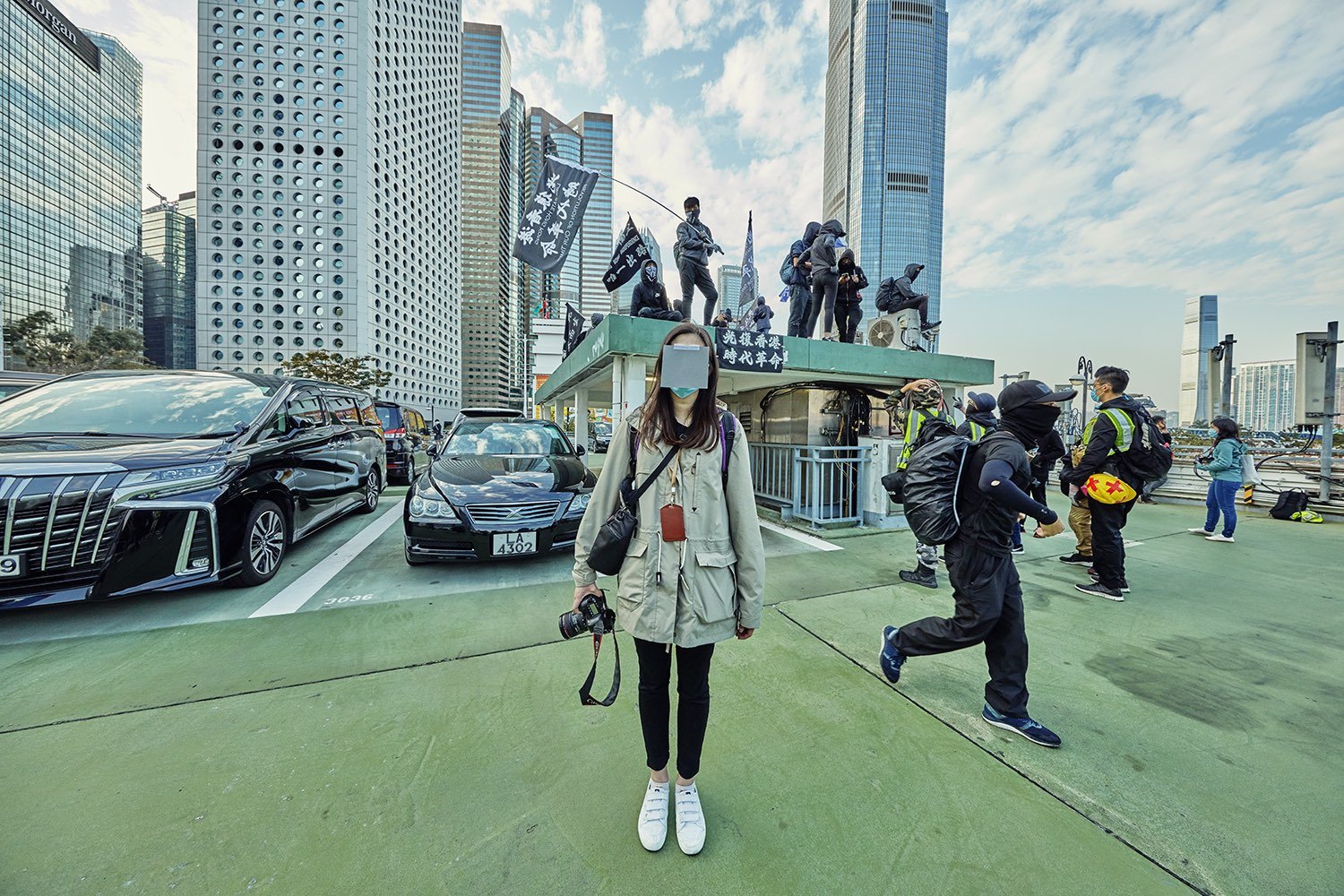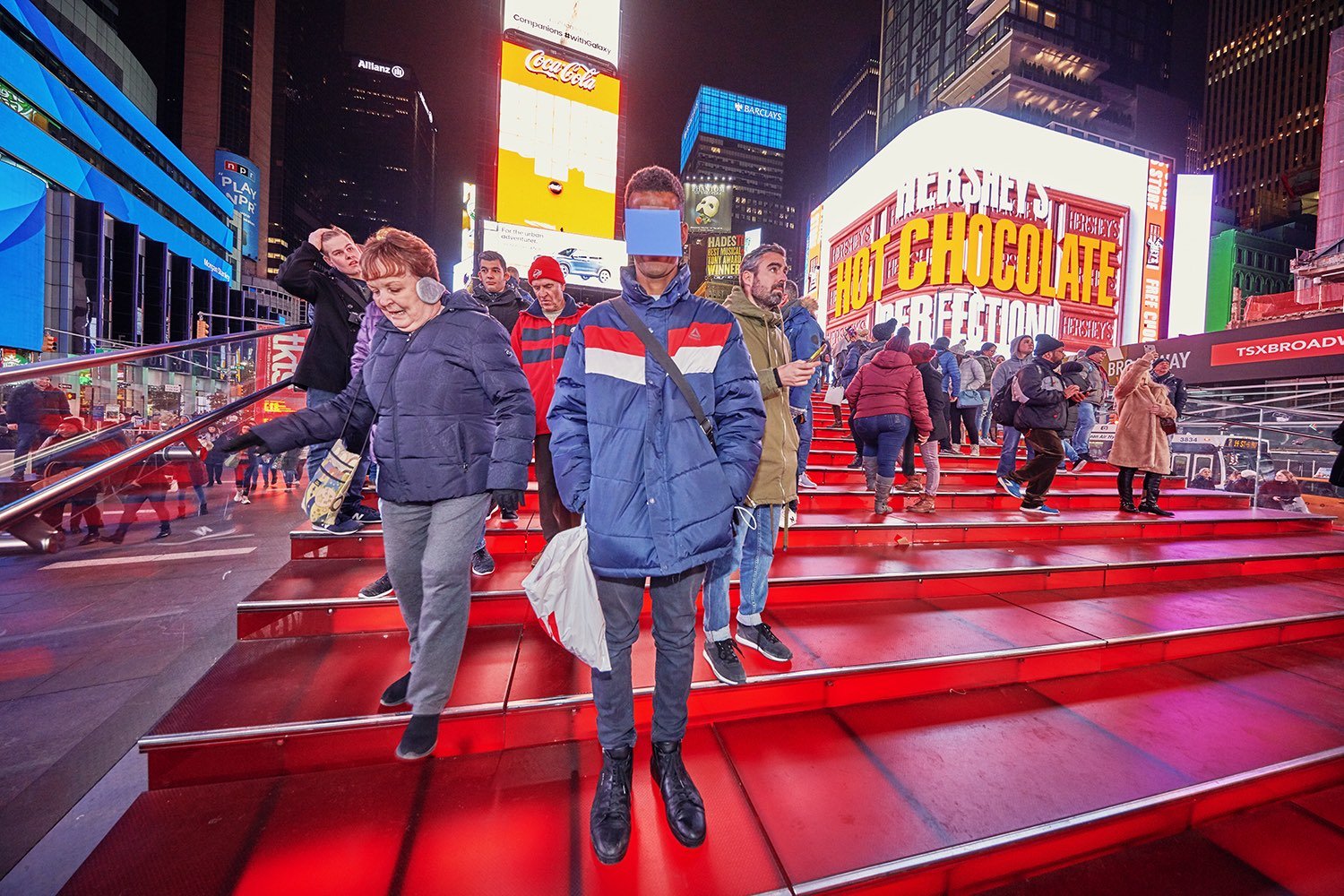So this is what it feels like to be free
John Clang
07 January - 04 March 2023

“FOST Gallery is delighted to present So this is what it feels like to be free, a solo exhibition premiering three new bodies of work by visual artist John Clang.
The presentation marks a particularly introspective and productive phase in his artistic practice influenced by his recent foray into the realm of filmmaking.”




The Mobile Park (2023)
Film, literature and popular culture are replete with representations of cars as an emblem of power, privilege and modernity, endowing their owners with the freedom to traverse both socioeconomic and geographical confines. In the Singaporean context, owning one's set of wheels has not only become an indispensable criteria to fulfilling the Singapore Dream; it is also valuable territory for a momentary escape from the pressures of life. The Mobile Park which plays upon the dual meanings of a parking lot or a recreation ground on the move, is a series exploring automobiles as a quick-fix release valve for the undercurrents of carnal desire humming beneath a highly circumscribed existence. It features staged photos reconstructing lurid affairs playing out within stationary cars parked at deserted spots, with windows plastered with newspapers for privacy -- a common phenomenon sighted in the eighties and nineties. Illuminated with strobe lights, these images appear bare and exposed, mirroring the air of quiet desperation in an era wherein private passions took a backseat to utilitarian goals, and when every bid for space and privacy is a desperate, hard-fought battle.
Edition 1/3 - SG$6000
Edition 2/3 - SG$7500
Edition 3/3 - SG$10,000
H67.7 x W101.6 cm (image)
Edition of 3 + 1 Artist’s Proof
Sans the Face (2019-ongoing)
Throughout history, the ability to see as far as the eye desires is deemed a mystical power accorded to divinity. In today’s dominant network culture, digital surveillance has progressively supplanted optical vision. Its pathological omnipresence of decrypting, filtering and pattern recognition, has ensnarled humanity in a complex web of the watcher or the watched, where both co-exist in uneasy complicity. One such device which has permeated daily life is the ubiquitous web camera, a lifeline to connection and intimacy for many during moments of isolation in the recent Covid-19 pandemic, but also a possible encroachment to personal privacy and confidentiality.
Inspired by a post-it sticker slapped over the lens of his laptop’s web camera as a make-shift cover, the artist re-appropriates the stationery as a symbol of playful obliteration, calling to mind the pixilated mosaic obliterating visages of people or gestures deemed inappropriate. Turning the gaze of the web camera onto itself, he invited anonymous strangers encountered spontaneously on the streets to select an oversized post-it of their preferred colour and pose for a portrait with it obscuring their faces.
Defying identification, these individuals transmute into partial blank slates wherein infinite alternative personas proliferate, liberating them momentarily from the milieus they were ensconced within. Through consistent, systemic documentation, a typology of anonymity gradually emerges, akin to a protest against the voluminous surveillance footage gathered to analyse and prescribe human behaviour, without our agency and against our interests. Has the camera, and by extension photography, not only extended the human eye prosthetically but subsumed our capacity for being human? Have we truly come as far as we can see?
H17.8 x W26.7 cm
Edition of 6 + 1 Artist’s Proof
Edition 1/6: SG$1500
Edition 2/6: SG$2000
Edition 3/6: SG$2500
H67.7 x W101.6 cm
Edition of 3 + 1 Artist’s Proof
Edition 1/3: SG$6000
Edition 2/3: SG$7500
Edition 3/3: SG$10,000

























































Reading by an Artist (2023-ongoing)

Amidst the terse relay between eye, mind, body and machine, the vagaries of human fate and destiny seem to be the last-standing frontier that have eluded the effacing grasp of digital decoding and artificial intelligence. Nonetheless, countless ancient systems of knowledge have drawn upon philosophy, astronomy and metaphysics in an attempt to distill the fundamental nature of reality and principles of being. The artist, for one, views human destiny as an epic codex not just simply to be perused, but to be interpreted and translated into tangible action to empower one’s life.
In this performance artwork, the artist embodies his search for meaning, purpose and identity by adopting the technique of zi wei dou shu (紫微斗数), a metaphysical philosophy dating back to imperial China, to forecast events in the life of invited participants and illuminate insights to challenges. Integrating knowledge from geomancy to Chinese medicine and elements, the approach involves computing charts based on one’s birth timing to intuit interrelationships between various core “palaces” of life such as health, kinship and career.

The readings, conducted in hour-long durations, welcome anyone and everyone seeking advice. Reflecting on dual roles of an artist and visionary in triangulating causality, necessity and possibility, the artwork contemplates on critical junctures where art ceases and life begins. It questions how knowledge gathering through seemingly unconventional routes reconciles with an increasingly contrived reality which is exceedingly scripted and post-produced.
Beyond the simplistic outcome of donning a pair of glasses and watching the world come into focus, literacy in this context for participants extends beyond the textual and visual world, into the realm of the self, in discerning and navigating the path forward for one’s betterment.































































































